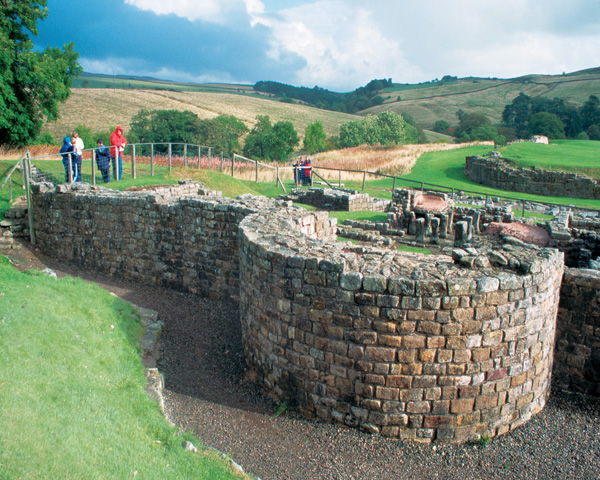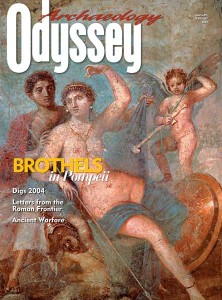Letters from the Frontier
Tablets Unearthed at a Roman Fort in Northern England

In March 1973 the British archaeologist Robin Birley made a puzzling discovery. He had spent years in the thick, gray clay of northern England, excavating a first-century A.D. Roman fort called Vindolanda, but he had never before encountered so many small slivers of wood. Inwardly, he even began to wonder about the possibility of an ancient woodworking shop. But when he and his assistants examined the wood more closely, they spotted tiny black marks, possibly man-made. His curiosity piqued, Birley peeled apart two thin slivers of wood that were stuck together and made the discovery of a lifetime. For there, on the inner surfaces of the wood, he found writing.
Archaeologists had been working at Vindolanda, off and on, for more than a century before Birley, and they had often found writing—but always on the durable medium of stone and always inscribed in familiar Latin capitals. The new writing seemed something altogether different, apparently written in ink and in a script and language that Birley did not recognize. This was indeed a perplexing find, one whose mysteries very nearly remained unsolved—for as the excavators stood puzzling over their tiny text, the writing began to fade. After 15 minutes, they were no longer able to make out the characters at all.
Already a library member? Log in here.
Institution user? Log in with your IP address.

